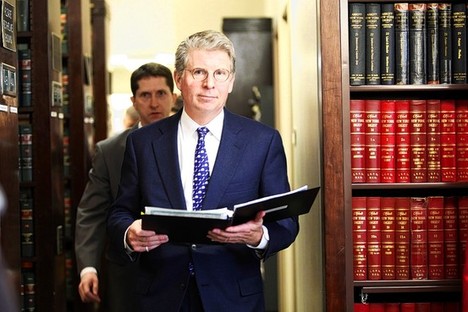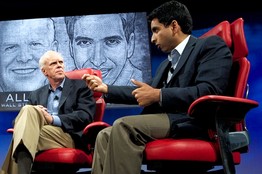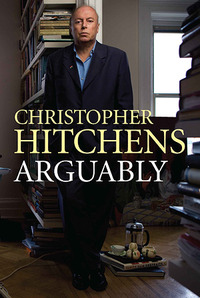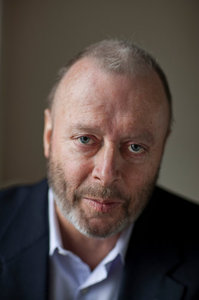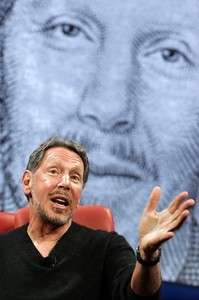(p. 260) Colin Camerer and Dan Lovallo, who coined the concept of competition neglect, illustrated it with a quote from the then chairman of Disney Studios. Asked why so many expensive big-budget movies are released on the same days (such as Memorial Day and Independence Day), he replied: Hubris. Hubris. If you only think about your own business, you think, “I’ve got a good story department, I’ve got a good marketing department, we’re (p. 261) going to go out and do this.” And you don’t think that everybody else is thinking the same way. In a given weekend in a year you’ll have five movies open, and there’s certainly not enough people to go around.
The candid answer refers to hubris, but it displays no arrogance, no conceit of superiority to competing studios. The competition is simply not part of the decision, in which a difficult question has again been replaced by an easier one. The question that needs an answer is this: Considering what others will do, how many people will see our film? The question the studio executives considered is simpler and refers to knowledge that is most easily available to them: Do we have a good film and a good organization to market it? The familiar System 1 processes of WYSIATI and substitution produce both competition neglect and the above-average effect. The consequence of competition neglect is excess entry: more competitors enter the market than the market can profitably sustain, so their average outcome is a loss. The outcome is disappointing for the typical entrant in the market, but the effect on the economy as a whole could well be positive. In fact, Giovanni Dosi and Dan Lovallo call entrepreneurial firms that fail but signal new markets to more qualified competitors “optimistic martyrs”– good for the economy but bad for their investors.
Source:
Kahneman, Daniel. Thinking, Fast and Slow. New York: Farrar, Straus and Giroux, 2011.



